Are the effects of the internal resistance of a capacitor in a non-repetitive RC circuit with an RC time constant of less than a nanosecond significant? I have only been able to find equivalent series resistance ratings for capacitors, which are usually measured at 100 kHz.
-
So a cap with 0.1 ohm series resistance and 100 uF must have a CR time of 10 us. How does that fit with your question's assertion? What has non-repetitiveness got to do with this? – Andy aka Oct 22 '16 at 00:36
-
@Tony I want an RC discharge circuit that can create a very rapidly rising magnetic field. What I'm concerned about mostly is the current and the current's rate of change in the circuit rather than RC time or repetition. – S. Hale Oct 22 '16 at 00:41
-
I don't suppose you have a specification? – user57037 Oct 22 '16 at 23:17
3 Answers
You want a rapidly rising magnetic field at ns timescales, and you worry about cap esR?? ESL is more likely to be the gotcha, but even then....
You may want to start by thinking about the inductance of your magnet, and then how much voltage you will need to make the current change quickly in that inductor (Inductors really do not do step changes in current).
By the time you are playing in ns speeds you really want to be thinking EM not just E or H as often your circuit geometry means you have to think fields and waves, not lumped element.
- 17,266
- 1
- 20
- 38
It depends on how high a frequency you need your stop band to reach and how great an attenuation you need to be able to achieve.
I'll assume you're asking about an RC low-pass filter like this:

simulate this circuit – Schematic created using CircuitLab
I've drawn in the capacitor's ESR as R2.
The ESR contributes a zero at some high frequency. The result is the circuit becomes a resistive divider (you can also see this just from the simple "capacitors become shorts at high frequency" analysis), and the attenuation stops increasing above the zero frequency.
Whether this is "significant" depends entirely on what your requirements for the circuit are.
However it's likely that your capacitor (or the wires connecting to it) also has a parasitic series inductance (ESL). This will contribute yet another zero, leading to the filter having a high-pass characteristic at even higher frequencies. Again, whether this is significant depends entirely what your requirements are for the circuit.
- 126,425
- 3
- 159
- 304
This is an "ultra low ESR, low ESL 1uF capacitor with ESR= 5 mΩ , ESL = 120pH.
This extremely low ESR is only in the Murata LLC series, which they compare to X7S series with 100 mΩ in a 4V rating shown in the table below. ( 20x higher))
Your question regarding 1 ns is better than Murata's "best cap" shown here with an ESRC=5ns . Smaller ESR's can be obtained with smaller value parts but not lower ESRC time constants. That requires a special dielectric and conductor design not commonly found in discrete parts unless in special microwave design or high voltage dielectric.
Note 120 picohenries is really small and dominate this discrete capacitor impedance above 10Mhz and ESL and capacitance determines the series resonant frequency. Smaller C values in shunt raise the resonant frequency and extend the low impedance bandwidth.
With more work and actually raising the ESR and lowering the Q, it is possible to eliminate the high Q parallel or anti-resonance as shown below.
What is your application? Microwave?
- 1
- 3
- 54
- 182



